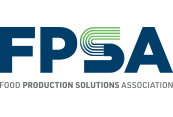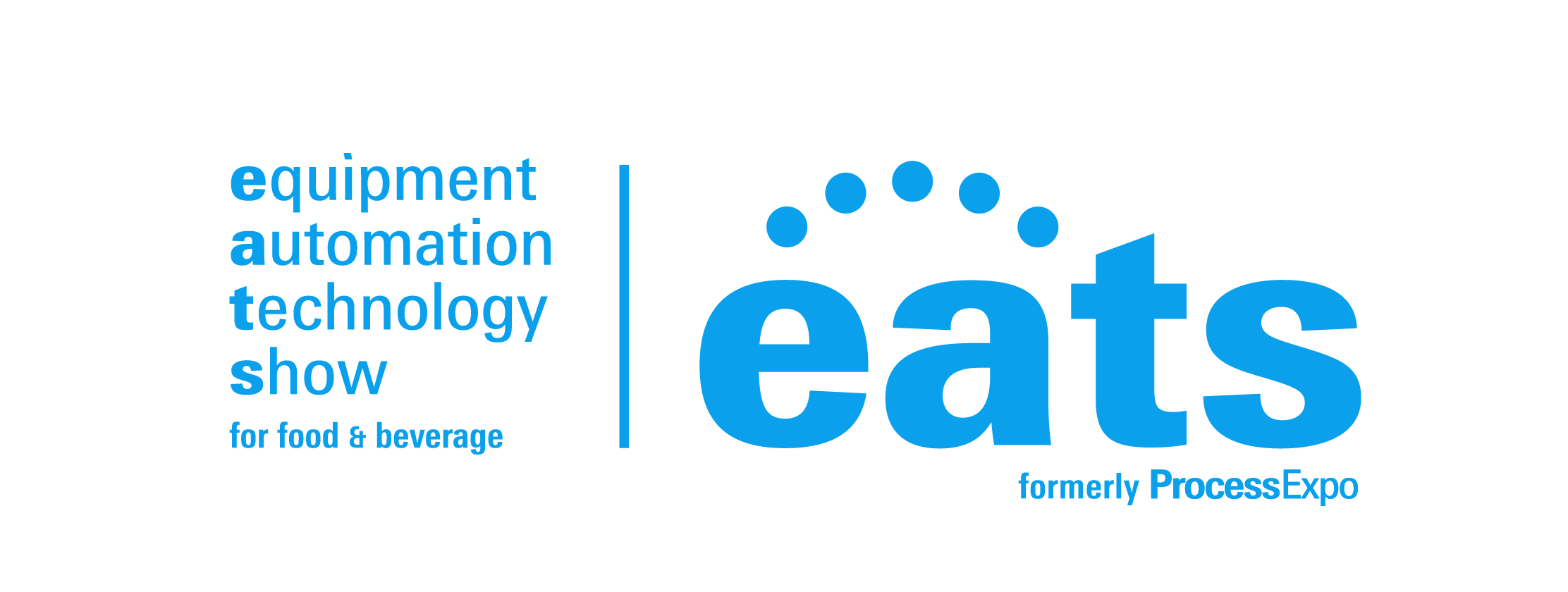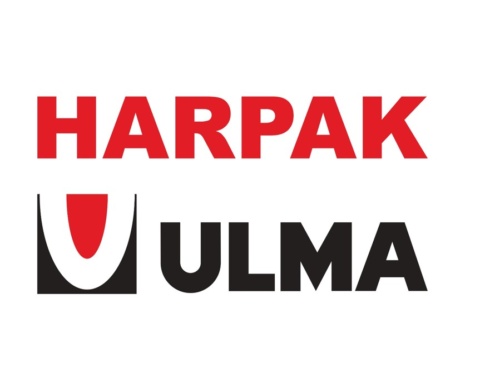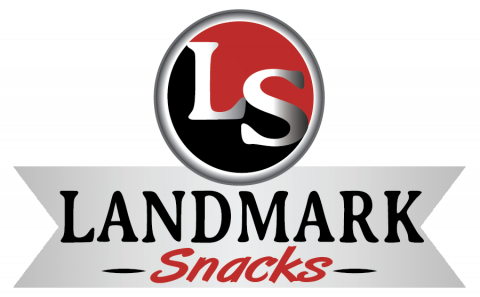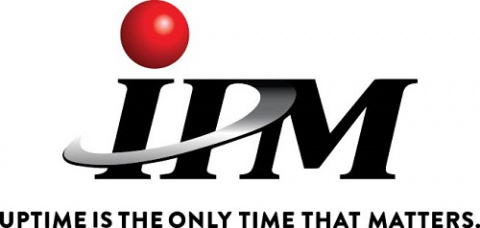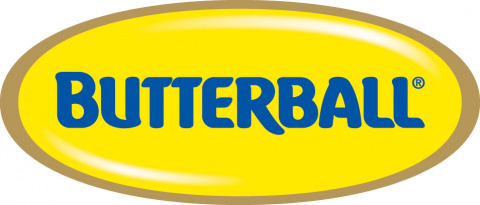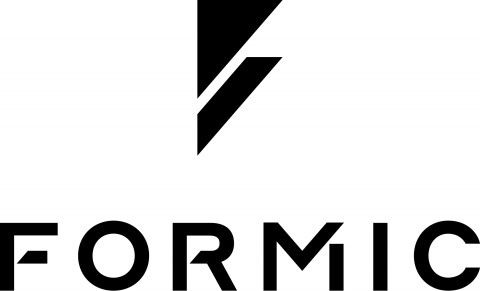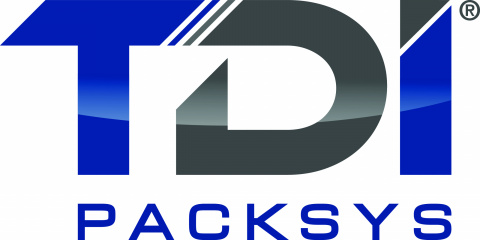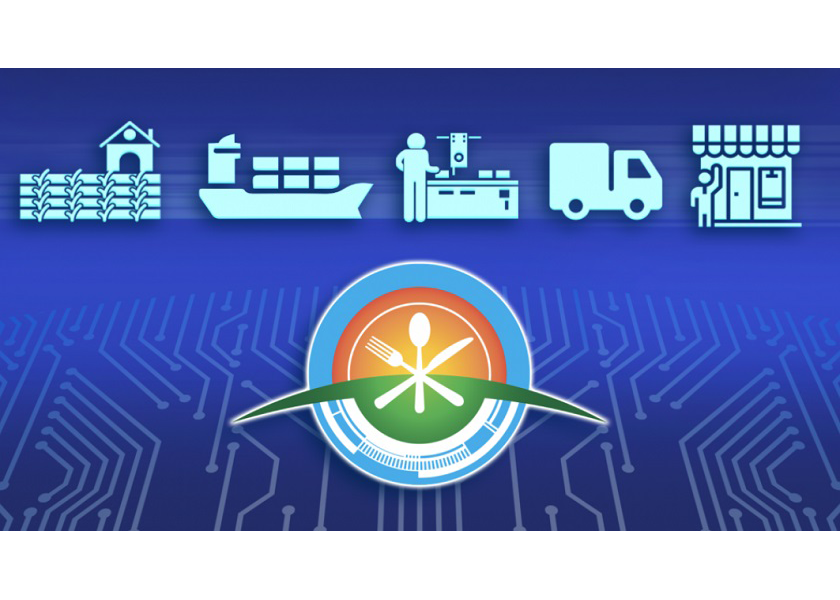
This month, Food Manufacturing Magazine, provided important news on the FDA’s announcement finalizing new rules to more effectively trace contaminated product through the food supply, in an effort to strengthen foodborne illness prevention efforts.
As per Food Manufacturing, “The final rule establishes additional traceability recordkeeping requirements for those that manufacture, process, pack or hold certain foods, including fresh leafy greens, nut butters, fresh-cut fruits and vegetables and ready-to-eat deli salads.”
By collaborating with industry on this new rule, the FDA will be able to more rapidly and effectively identify the origin and route of travel of certain contaminated foods to prevent or mitigate foodborne illness outbreaks, address credible threats of serious adverse health consequences or death, and minimize overly broad advisories or recalls that implicate unaffected food products.
Foods that will now be included on the Food Traceability List (FTL) include fresh leafy greens, melons, peppers, sprouts, herbs, tomatoes, cucumbers, and tropical tree fruits, as well as shell eggs, nut butters, fresh-cut fruits and vegetables, ready-to-eat deli salads, cheeses (other than hard cheese), finfish and crustaceans.
Additional features of this new rule include:
- Critical Tracking Events: at specific points in the supply chain – such as harvesting, cooling, initial packing, receiving, transforming, and shipping FTL foods – records containing Key Data Elements are now required.
- Traceability Plan: information essential to help regulators understand an entity’s traceability program. These include a description of the procedures used to maintain required records, descriptions of procedures used to identify foods on the FTL, descriptions of how traceability lot codes are assigned, a point of contact for questions regarding the traceability plan and a farm map for those that grow or raise a food on the FTL.
- Additional Requirements: maintenance of records as original paper or electronic records, or true copies; providing requested records to the FDA within 24 hours of a request (or within a reasonable time to which the FDA has agreed); and providing records in an electronic sortable spreadsheet when necessary to assist the FDA during an outbreak, recall or other threat to public health.
I asked Chuck Sena of Axis Automation, and Vice Chair of FPSA’s Food Safety Network, to comment on this new rule and what it means for the industry. He informed me that the rule had been in the works for some time. Most importantly, this provides the food industry consistent guidance on what they need to do and how to keep records to ensure that products can be quickly traced and removed from circulation in stores, the distribution chain, or at end user locations.
These rules should help close a few traceability holes by ensuring consistent practices and also provide a uniform methodology to replace the patchwork of practices that were previously in place. The new rule is going to strengthen the ability of the industry to react to adverse events quickly. However, paying attention to proper risk assessment and implementing preventive controls continues to be a focus of industry. In short, the overarching goal is to prevent tainted foods from coming to market in the first place.
Anyone interested in learning more about the FTL, and or joining the Food Safety Network community should reach out at any time. Our group is always looking for food safety professionals to share knowledge and discuss challenges facing the food and beverage processing and packing industry, for the benefit of all.
Andy Drennan, FPSA SVP
